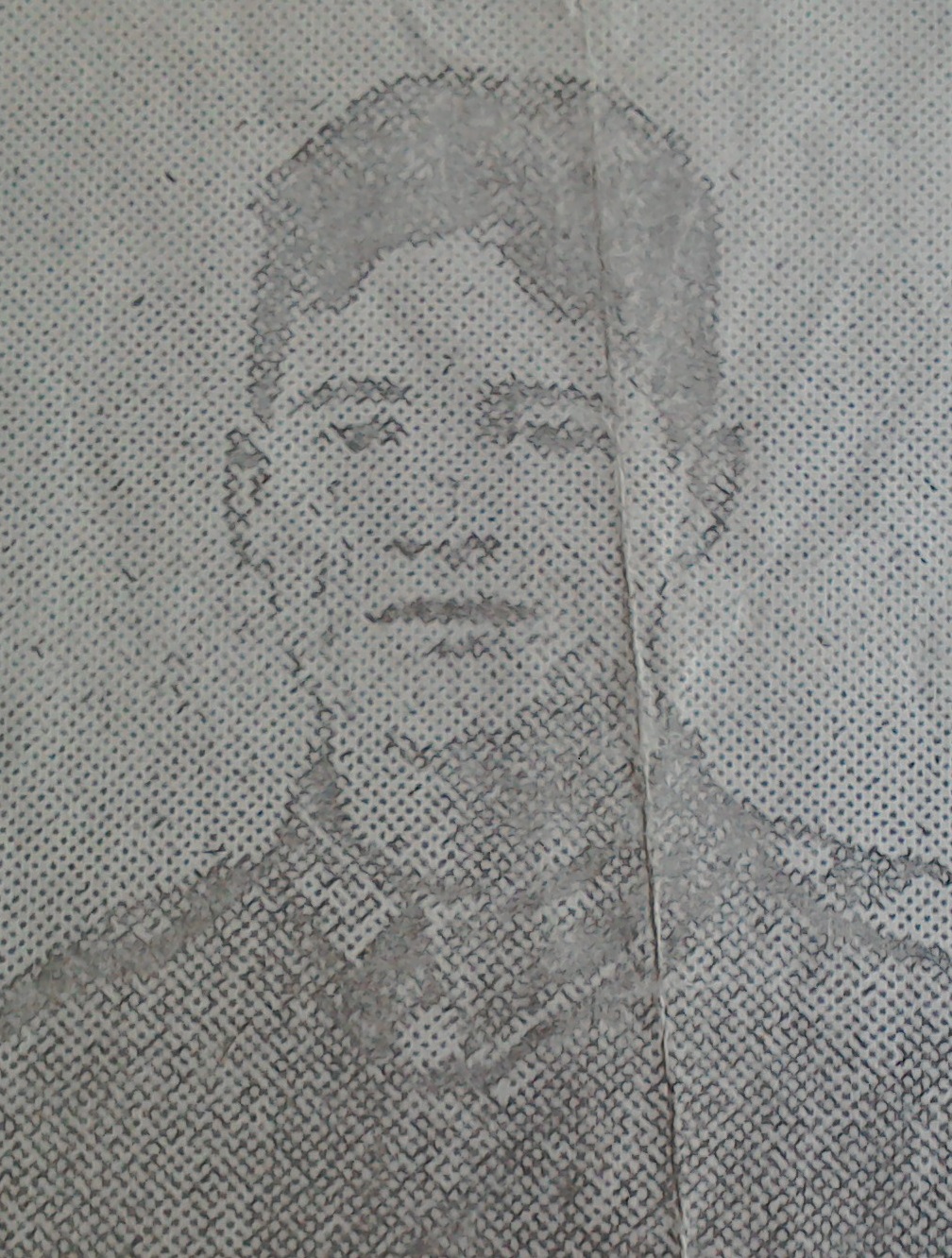Pte
William Henry Corrigan
Information about birth
|
Year of birth: 1898 |
|
Place of birth: Shankill, Belfast, County Antrim, Ireland, United Kingdom |
General information
|
Last known residence: 63 Canmore Street, Woodvale, Belfast, Antrim, Ireland, United Kingdom |
|
Profession: Doffer |
|
Religion: Methodist |
Army information
|
Country: Ireland, United Kingdom |
|
Force: British Expeditionary Force |
|
Rank: Private |
|
Service number: 26306 |
|
Enlistment place: Belfast, Antrim, Ireland, United Kingdom |
|
Units: — Royal Inniskilling Fusiliers, 7th Bn. (Last known unit) |
Information about death
|
Date of death: 16/08/1917 |
|
Place of death: Delva Farm, Zonnebeke, Belgium |
|
Cause of death: Killed in action (K.I.A.) |
|
Age: 19 |
Memorial
|
Tyne Cot Memorial Panel: 70 |
Distinctions and medals 2
|
British War Medal Medal — 30/09/1920 |
|
Victory Medal Medal — 30/09/1920 |
Points of interest 4
| #1 | Place of birth | ||
| #2 | Last known residence | ||
| #3 | Enlistment place | ||
| #4 | Place of death (approximate) |
My story
William Henry Corrigan was born in 1898 in Shankill, a district in Belfast, Northern Ireland. He was the son of Mary Ann Shane and the stepson of John Shane. According to the 1911 census, William worked as a part-time doffer, meaning he divided his time between working in the textile industry and pursuing an education. He enlisted in Belfast and at the time of the Battle of Passchendaele served with the Royal Inskilling Fusiliers, 7th Battalion, part of the 49th Brigade, of the 16th Division.
From 16 till 18 August 1917, the 7th Battalion was involved in the Battle of Langemarck, which was the second major encounter between German and British forces in the Third Battle of Ypres. On the morning of 16 August 1917, the 49th Brigade attacked from the Frezenberg ridge with the 7th Battalion to the left and the 8th Battalion to the right. The battalions managed to secure Beck House an hour after the fighting and had suffered minimal losses by escaping German shelling. While the 8th Battalion turned towards Borry Farm, the 7th Inniskillings continued towards the strongpoint of Delva Farm. William's Battalion took control of the position, but a German counterattack flanked the 7th Battalion, forcing them to retreat from Delva Farm, leaving behind the dead and seriously wounded.
19-year-old Private William Corrigan was one of 368 casualties of the 7th Battalion Inniskilling Fusiliers on 16 August 1917. He went missing during the fighting. William has no known grave and is commemorated on the Tyne Cot Memorial.
From 16 till 18 August 1917, the 7th Battalion was involved in the Battle of Langemarck, which was the second major encounter between German and British forces in the Third Battle of Ypres. On the morning of 16 August 1917, the 49th Brigade attacked from the Frezenberg ridge with the 7th Battalion to the left and the 8th Battalion to the right. The battalions managed to secure Beck House an hour after the fighting and had suffered minimal losses by escaping German shelling. While the 8th Battalion turned towards Borry Farm, the 7th Inniskillings continued towards the strongpoint of Delva Farm. William's Battalion took control of the position, but a German counterattack flanked the 7th Battalion, forcing them to retreat from Delva Farm, leaving behind the dead and seriously wounded.
19-year-old Private William Corrigan was one of 368 casualties of the 7th Battalion Inniskilling Fusiliers on 16 August 1917. He went missing during the fighting. William has no known grave and is commemorated on the Tyne Cot Memorial.
Sources 6
|
7 Royal Inniskilling Fusiliers (The National Archives, Kew (TNA), British Army war diaries 1914-1922, WO WO 95/1977/2). https://www.nationalarchives.gov.uk/ Further reference |
|
British Army World War I Medal Rolls Index Cards, 1914-1920 (The National Archives, Kew (TNA), WO 372/5/32186). https://www.nationalarchives.gov.uk/ Sources used |
|
Census of Ireland 1901/1911 (The National Archives of Ireland, Dublin (NAI)). https://www.nationalarchives.ie/ Sources used |
|
Fox Frank, The Royal Inniskilling Fusiliers in the World War , ( London, Constable&Company Ltd., 1928), 99-102. Sources used |
|
McCarthy, Chris. Passchendaele: the Day-by-Day Account. (Londen: Unicorn Publishing Group, 2018), 52-53. Sources used |
|
Soldier' Effects Records (National Army Museum, Chelsea (NAM) 1901-60; NAM Accession Number: 1991-02-333). https://www.nam.ac.uk/ Sources used |
More information 3
|
Commonwealth War Graves Commission Database https://www.cwgc.org/find-records/find-war-dead/casualty-details/841412 |
|
Lives of the First World War (Imperial War Museum) https://livesofthefirstworldwar.iwm.org.uk/lifestory/966999 |
|
Namenlijst (In Flanders Fields Museum) https://namenlijst.org/publicsearch/#/person/_id=e223ace3-8445-4998-9d7b-96f135fc944b |
